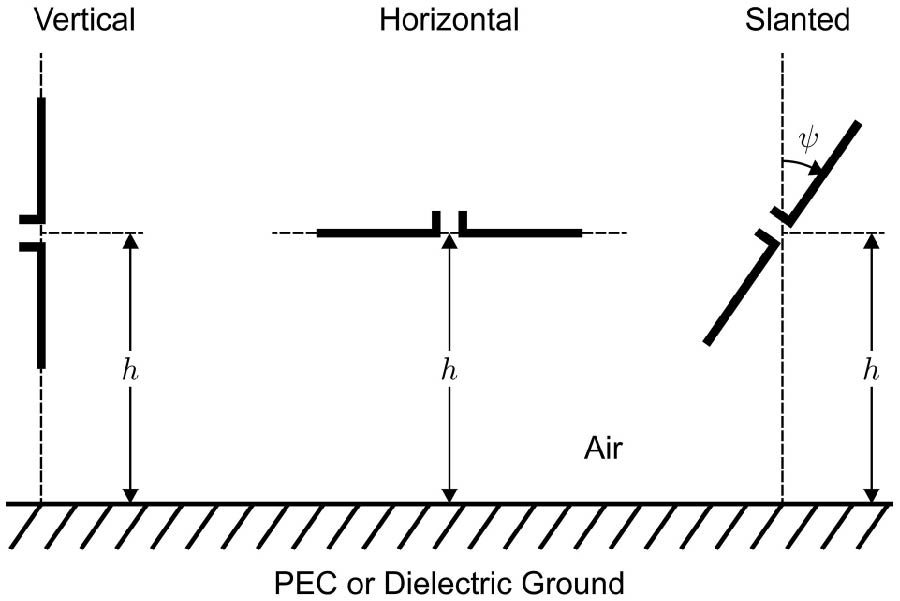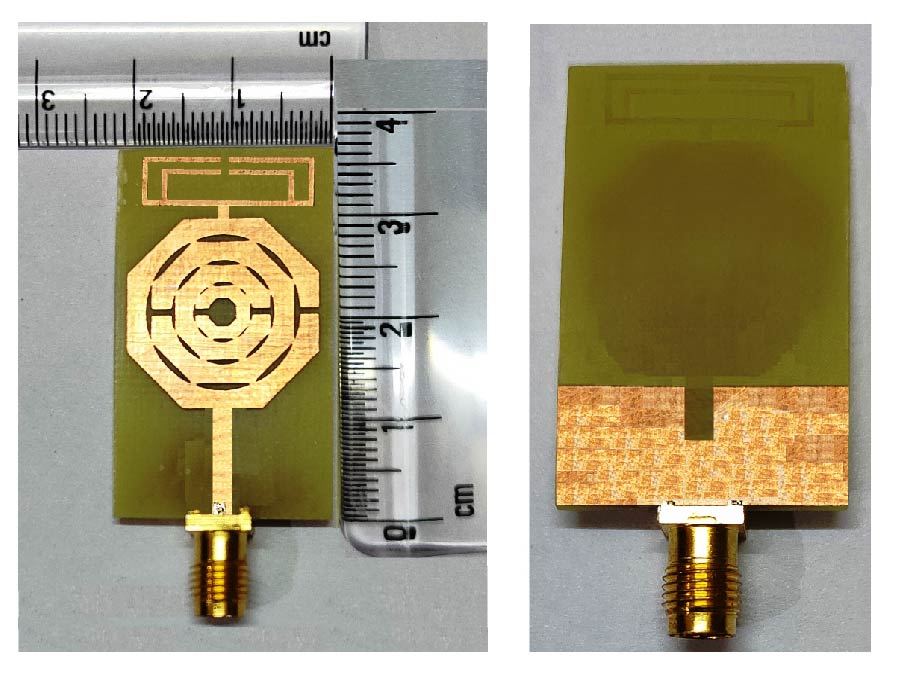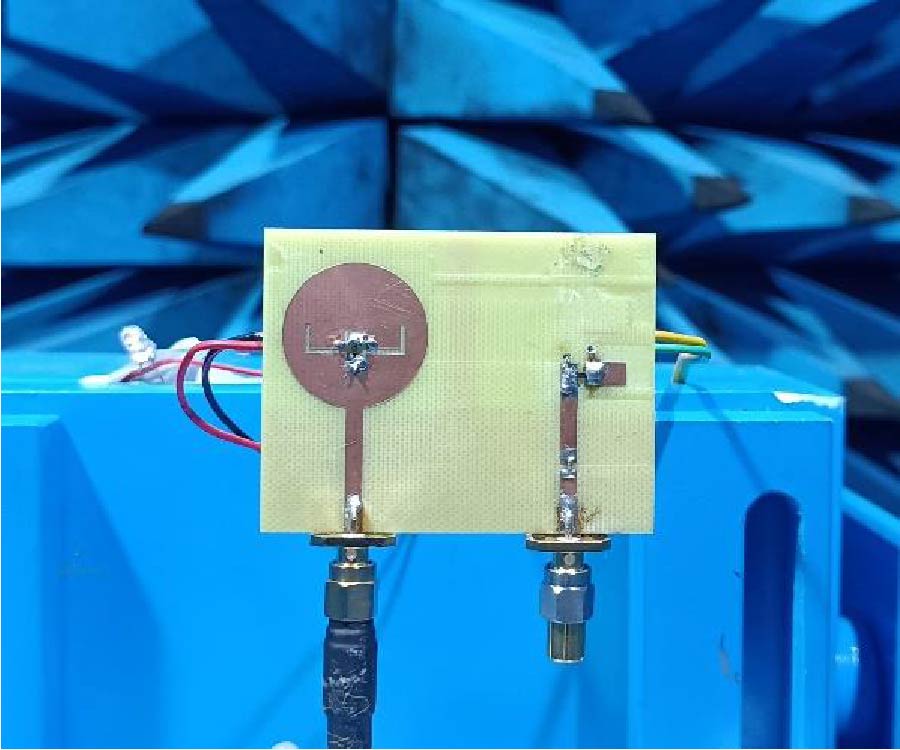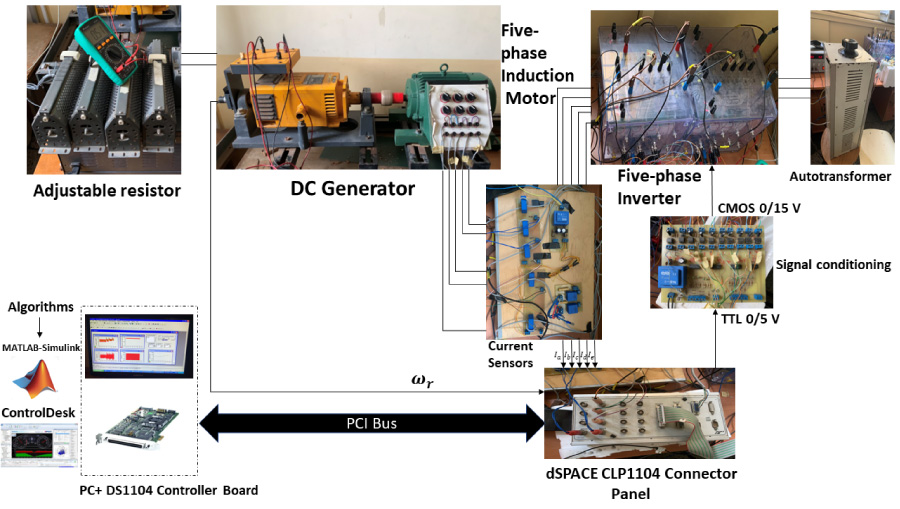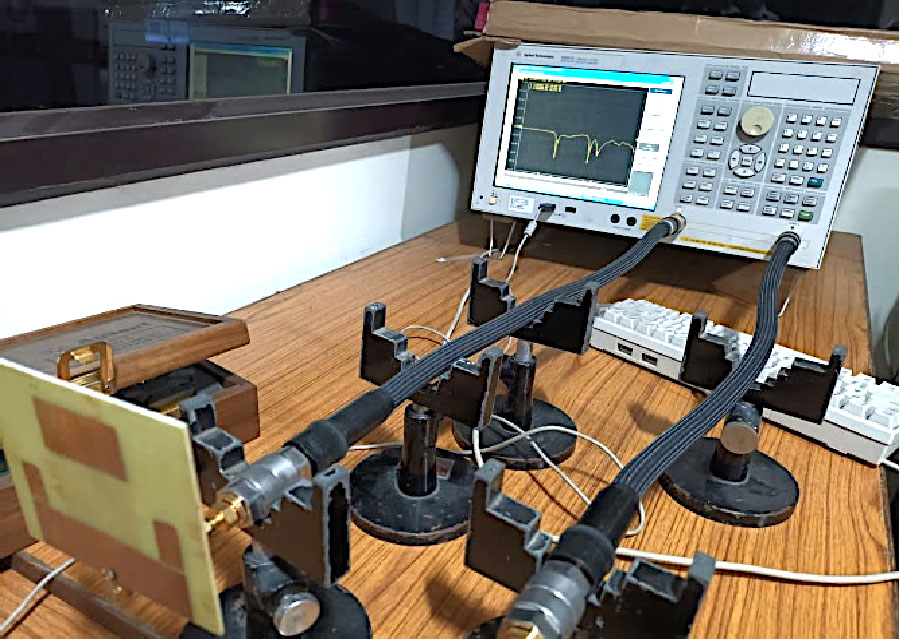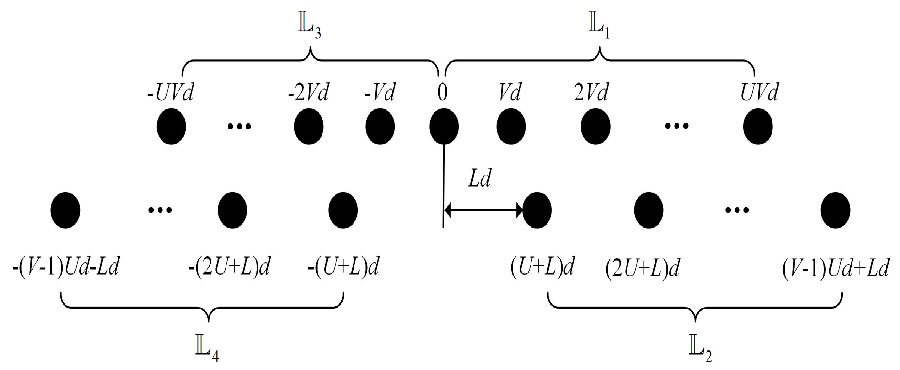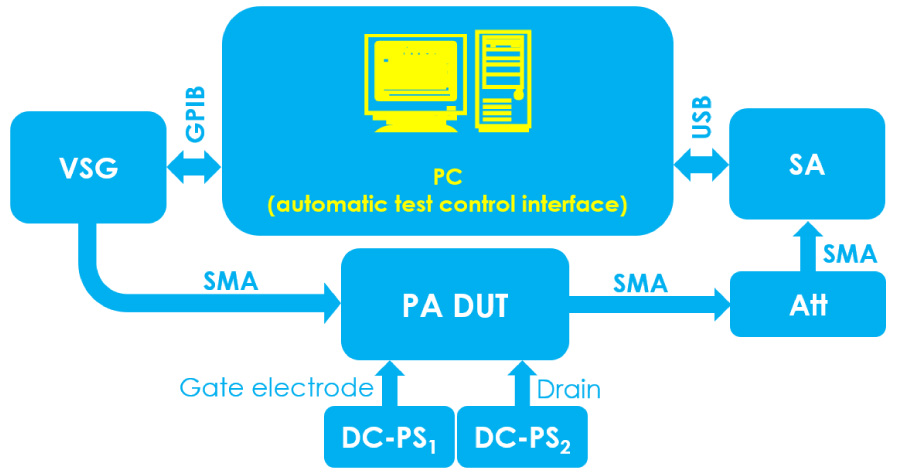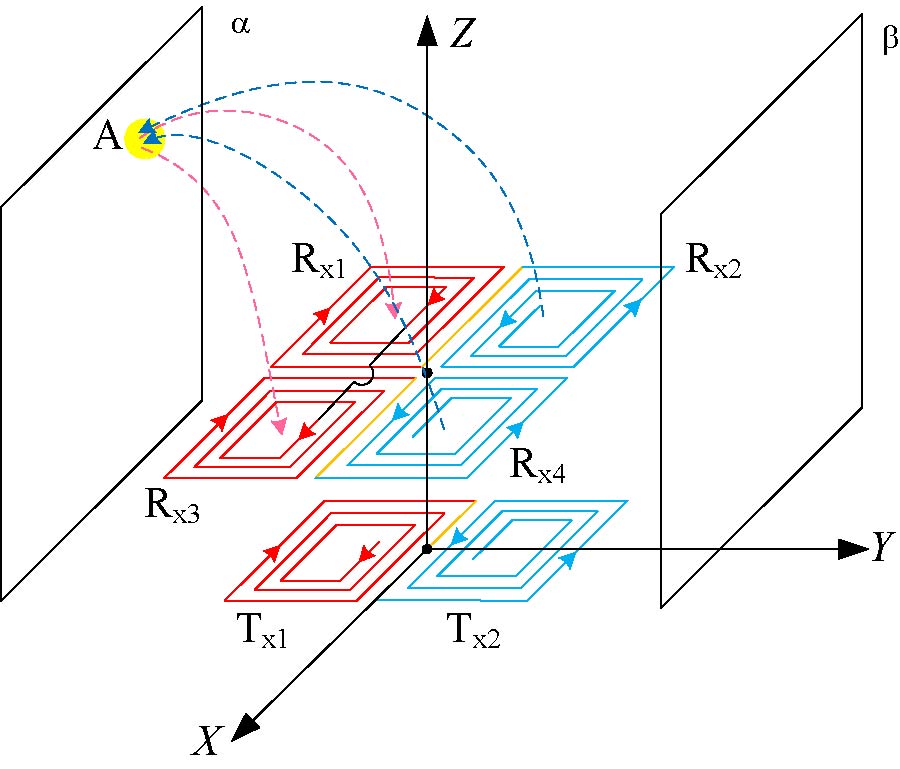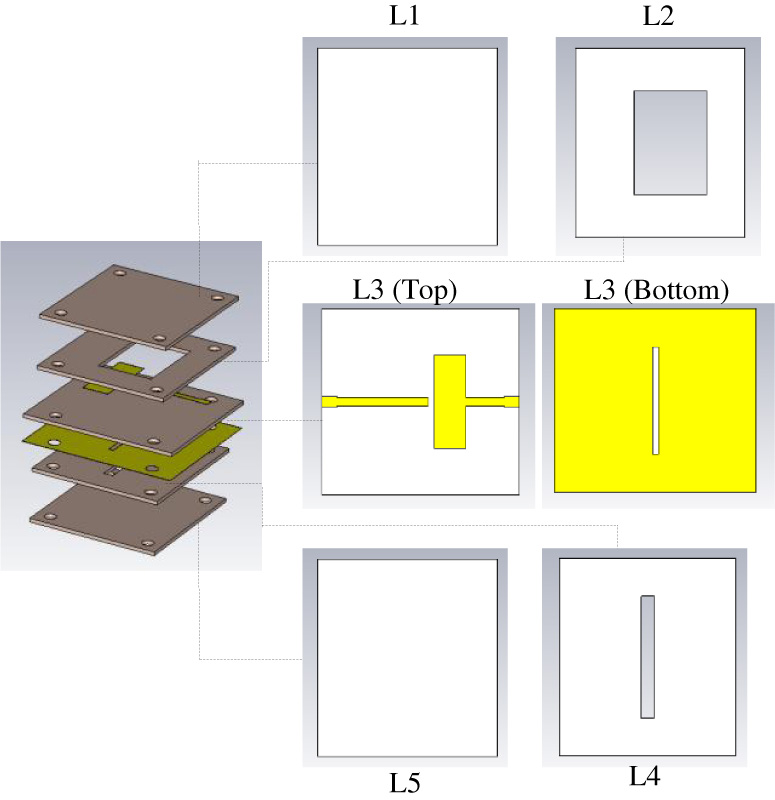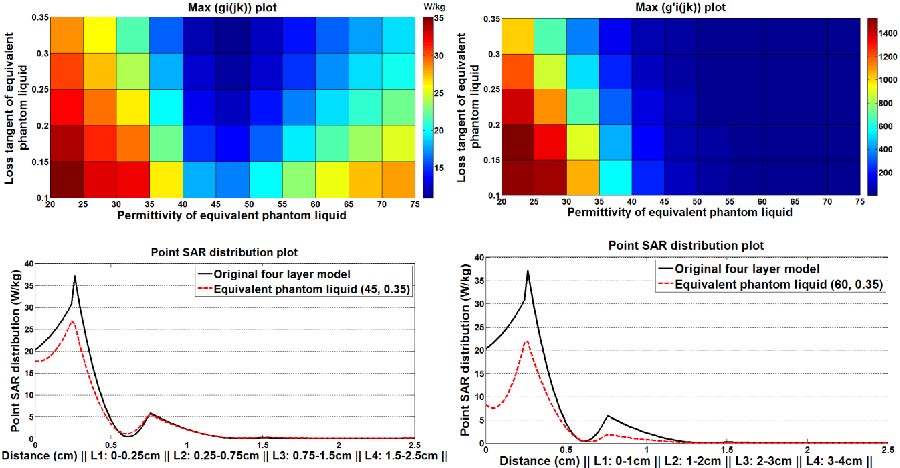Implementation of Fractal Metamaterial Inspired Antenna for Multi-Standard Wireless Applications
Hareetaa Mallani,
Archana Agrawal and
Ritesh Kumar Saraswat
In this article, a fractal slotted metamaterial inspired multiband antenna for wireless communication applications is presented. The proposed structure incorporates the fractal formation of a radiating patch attached with metamaterial SRR cell and rectangular slotted partial ground plane to cover multiple wireless standards. The antenna is printed on FR4 epoxy substrate material having the thickness of 1.6 mm and relative permittivity of 4.4. The antenna has compactness in size as 37×22×1.6 mm3 and achieves five wireless communication modes, including S band (2.4 GHz; WLAN: IEEE 802.11g), S band (3.65 GHz; WiMAX: IEEE 802.16e), C band (5.0/5.8 GHz; WLAN: IEEE 802.11a/j), X-Band (Satellite communication, radar, terrestrial broadband, space communication), 5G NR bands (n41: 2.496-2.690 GHz, n46: 5.15-5.925 GHz, n47: 5.855-5.925 GHz, n53: 2.483-2.495 GHz, n102: 5.925-6.425), and Lower Ku band (Molecular rational spectroscopy). The antenna also showcases consistent radiation characteristics, gain, and efficiency across resonant bands crucial for obtained resonant bands regarding multi-standard wireless applications. It attains an optimized peak gain of 4.38 dBi and a radiation efficiency of 86.23%.
